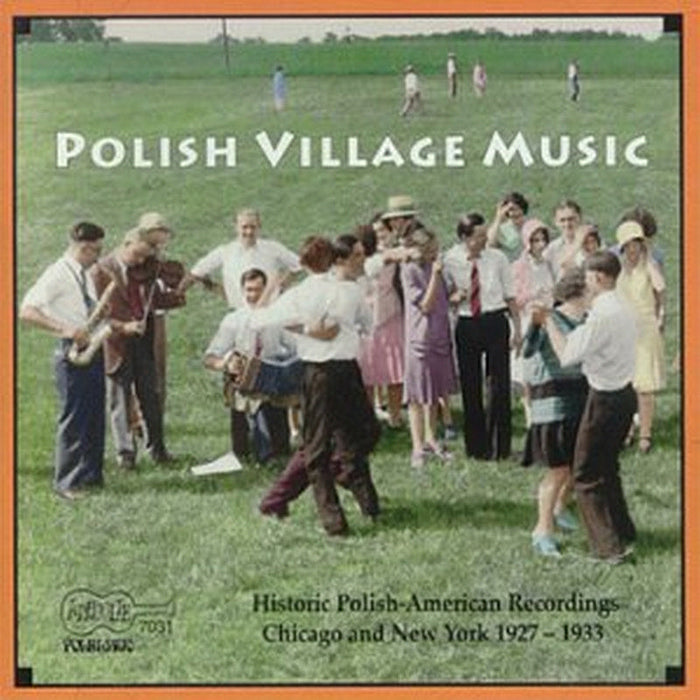Description
The pioneer of electric pop music, Giorgio Moroder (born April 26, 1940 in Ortisei, Italy) is an internationally acclaimed songwriter and producer who left his trace also in Finnish popular music. Several Moroder’s compositions and productions were released in Finland with Finnish lyrics in the 1970s and 1980s, when Moroder had his most creative peak. This compilation includes twelve Finnish Moroder covers from early bubblegum pop to electronic disco.
Giorgio Moroder began his musical career as a singer. He gained success performing bubblegum pop in the late 1960s. He wrote some of his hits himself, but he also sang songs written by others. During his singer years he succeeded with songs Looky Looky (1969) and Son of My Father (1971). The latter became well known also in Finland, where it was covered by one of the most famous Finnish singers in 1960s and early 1970s, Ilkka Lipsanen alias Danny. The song found its way to Finland via Britain, where British band Chicory Tip had covered it first and made it to the charts with the song.
Danny was not the only Finnish singer in the early 1970s who looked at Moroder’s repertoire when searching for good songs. Koivistolaiset was a singing and dancing duo of sisters Anja and Anneli Koivisto who were well-known celebrities in 1970s Finland. They released Moroder’s composition Good Grief Christina as On siitä aikaa in 1973. This song was also discovered from Chicory Tip’s repertoire.
Cheerful and danceable bubblegum pop was an early 1970s phenomenon and in Finland it was the most popular music played in discos during those years. In the mid-1970s the style called disco music was born and the popularity of bubblegum pop faded. Also Moroder quit writing bubblegum pop and got interested in disco and electronic music. Synthesizer and drum machine technology developed and created new possibilities for producing electronic disco that can now be seen as proto-techno.
Virve Rosti was one of Finland’s most popular disco and pop singers in the late 1970s with her strong soulful voice. Rosti’s fourth solo album in 1979, Oon voimissain, was packed with her versions of late 1970s disco hits like Ring My Bell, I Will Survive and Knock On Wood. The album included also two Moroder’s compositions originally released by American disco group The Three Degrees, Antaudun (Giving Up, Giving In) and Ohari (The Runner). Both are excellent cover versions compared to the originals, even though the long instrumental section in the middle of The Runner is cut to a shorter one in the Finnish version. Rosti’s singing performance is also high quality.
Among Rosti one of Finland’s most popular female disco singers was Mona Carita, whose second album in 1980 was called Soita mulle and named after her cover version of Moroder’s composition Call Me, originally released by Blondie in the same year. Mona Carita’s version with lyrics by Raul Reiman is still among the best known Finnish disco and pop covers of the era.
However, Moroder’s























